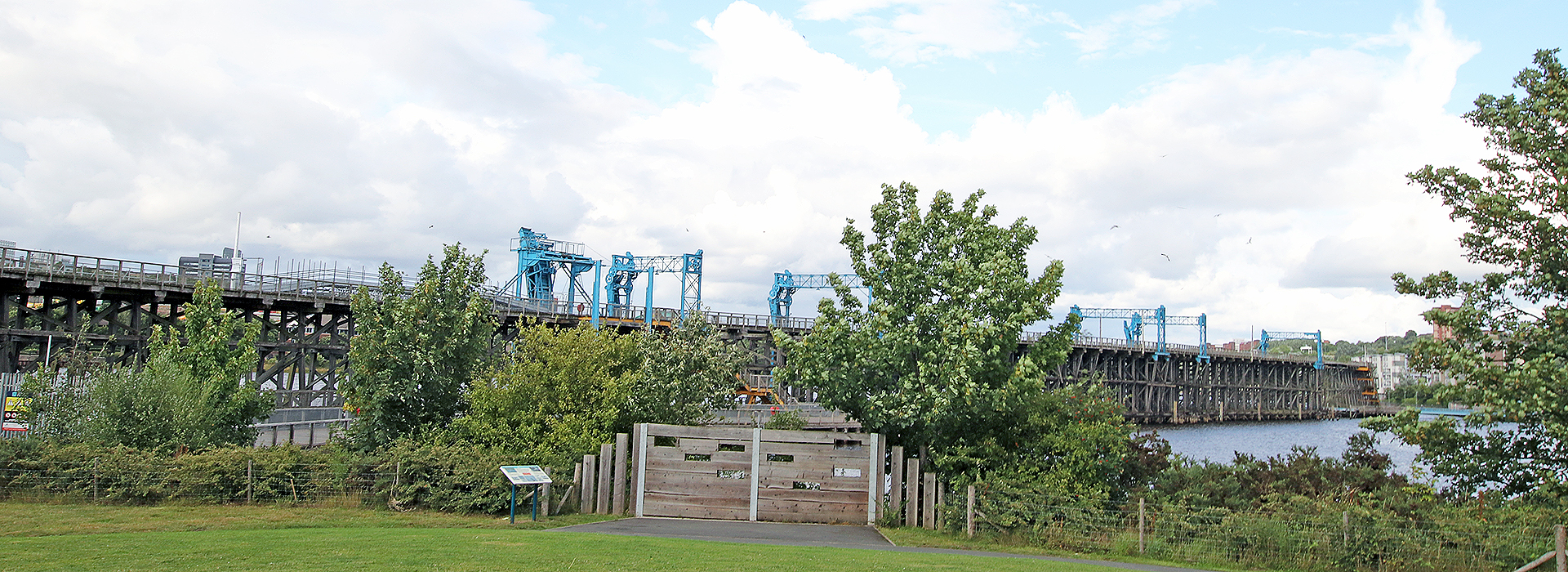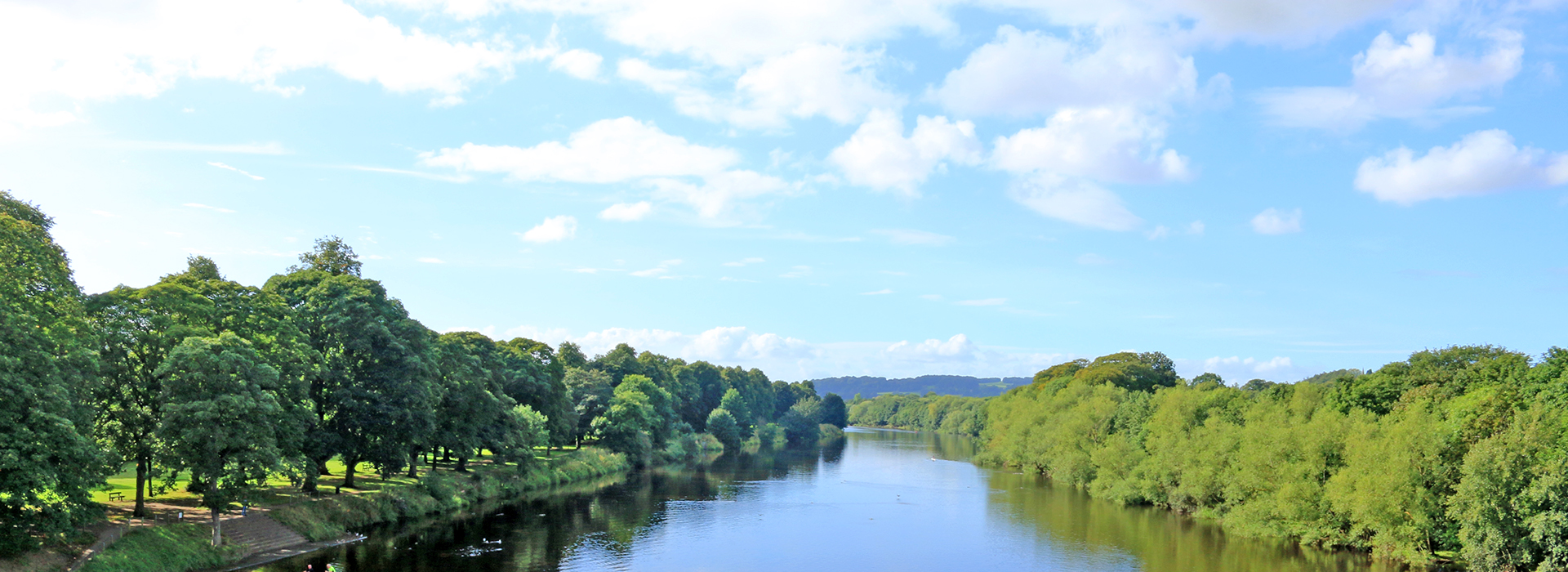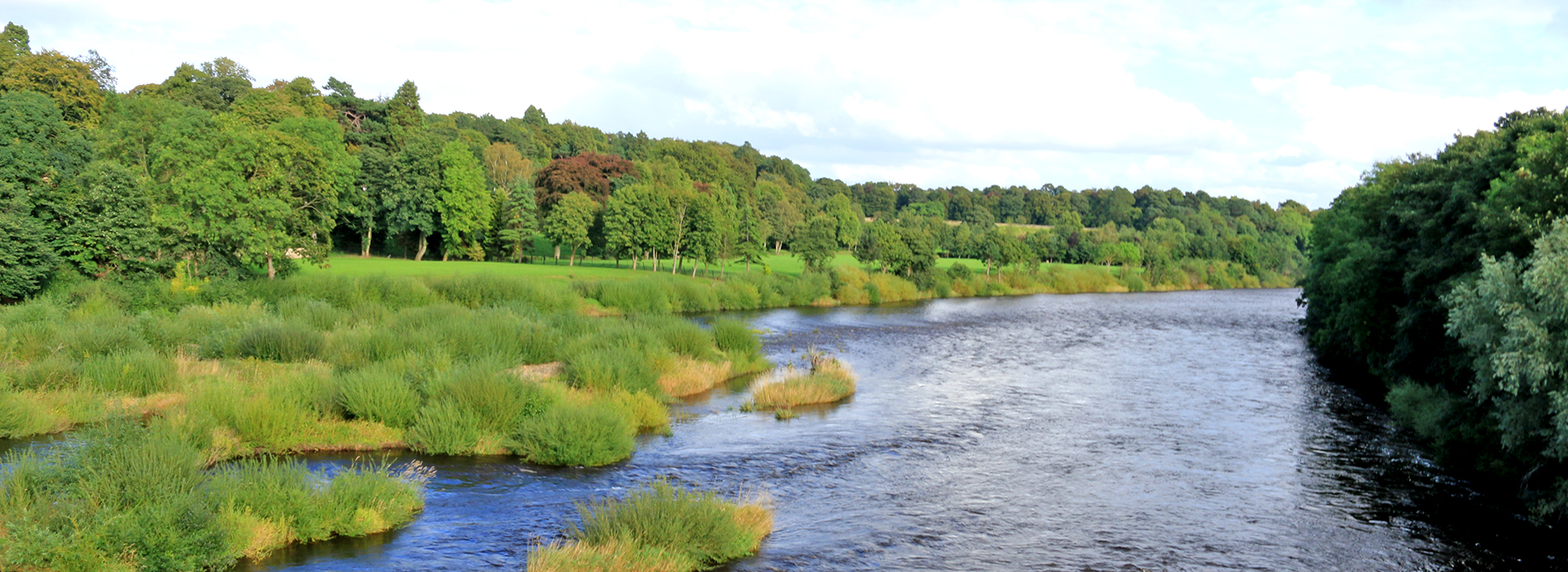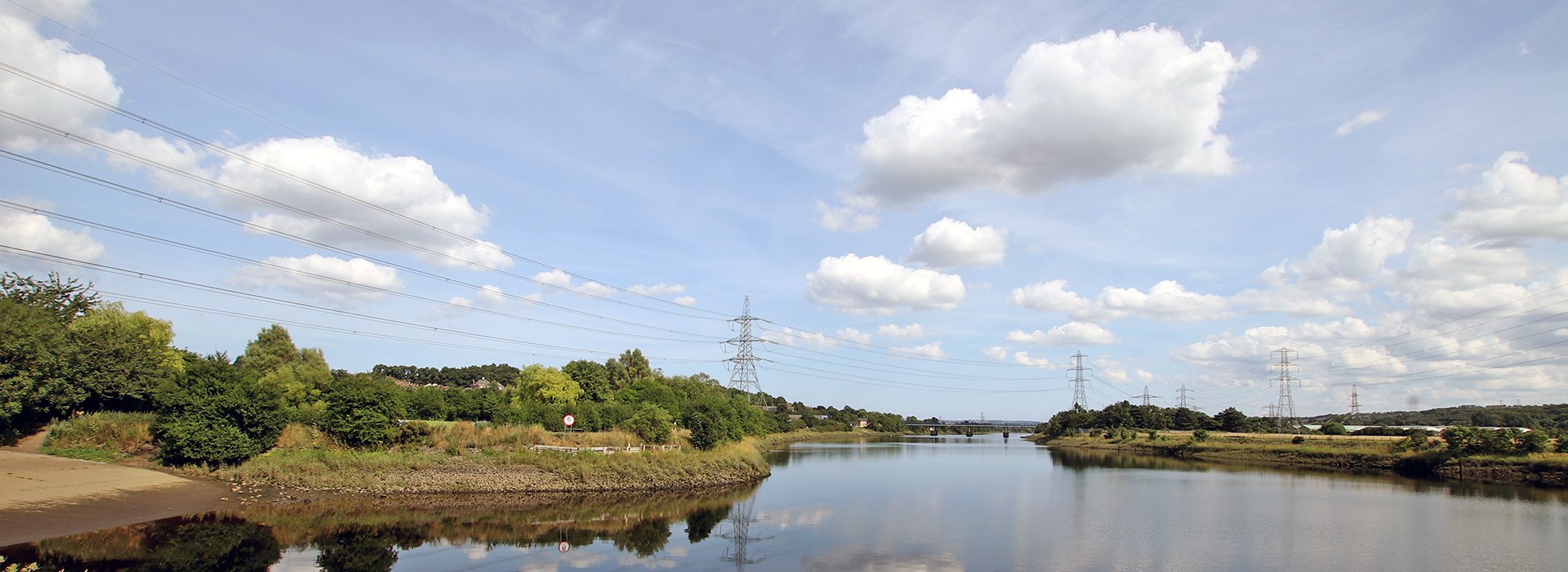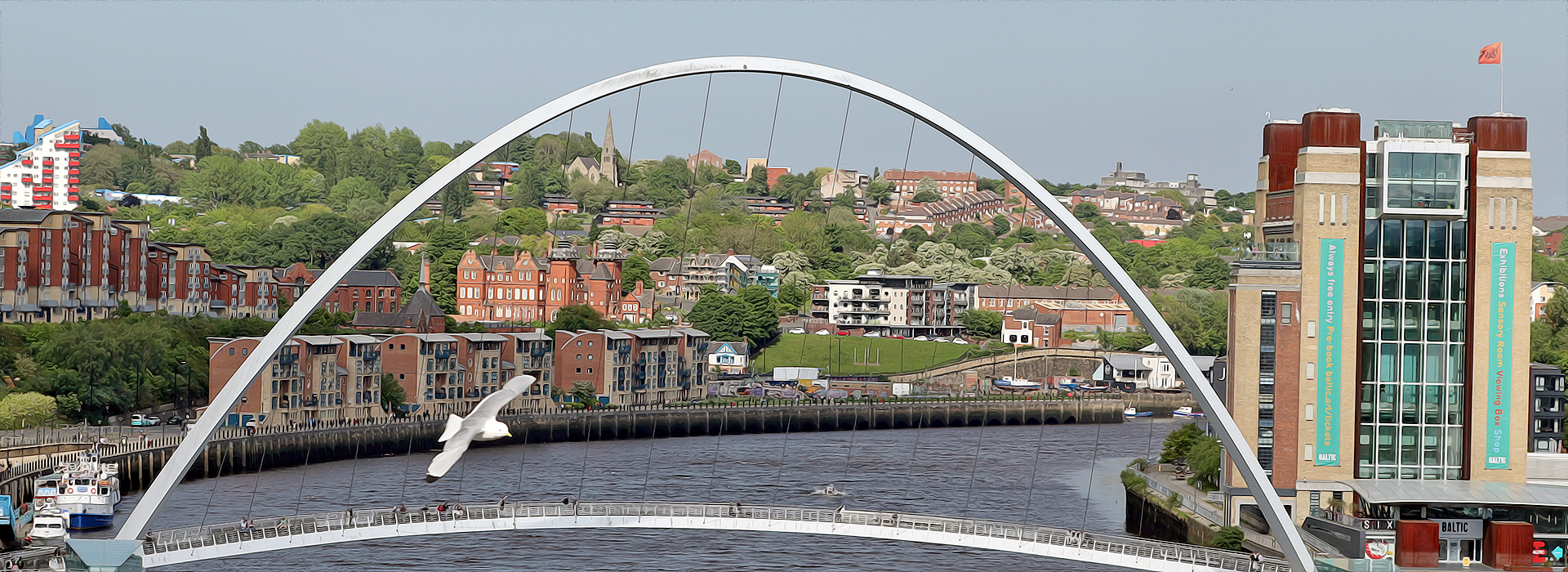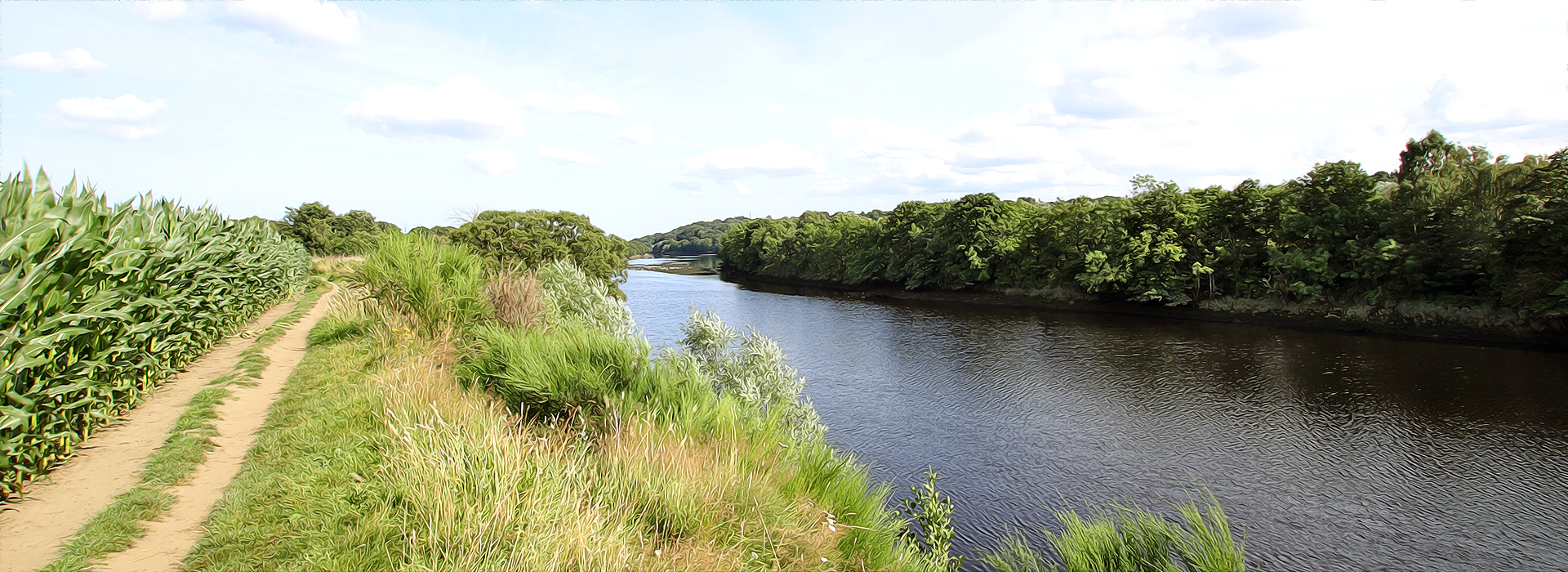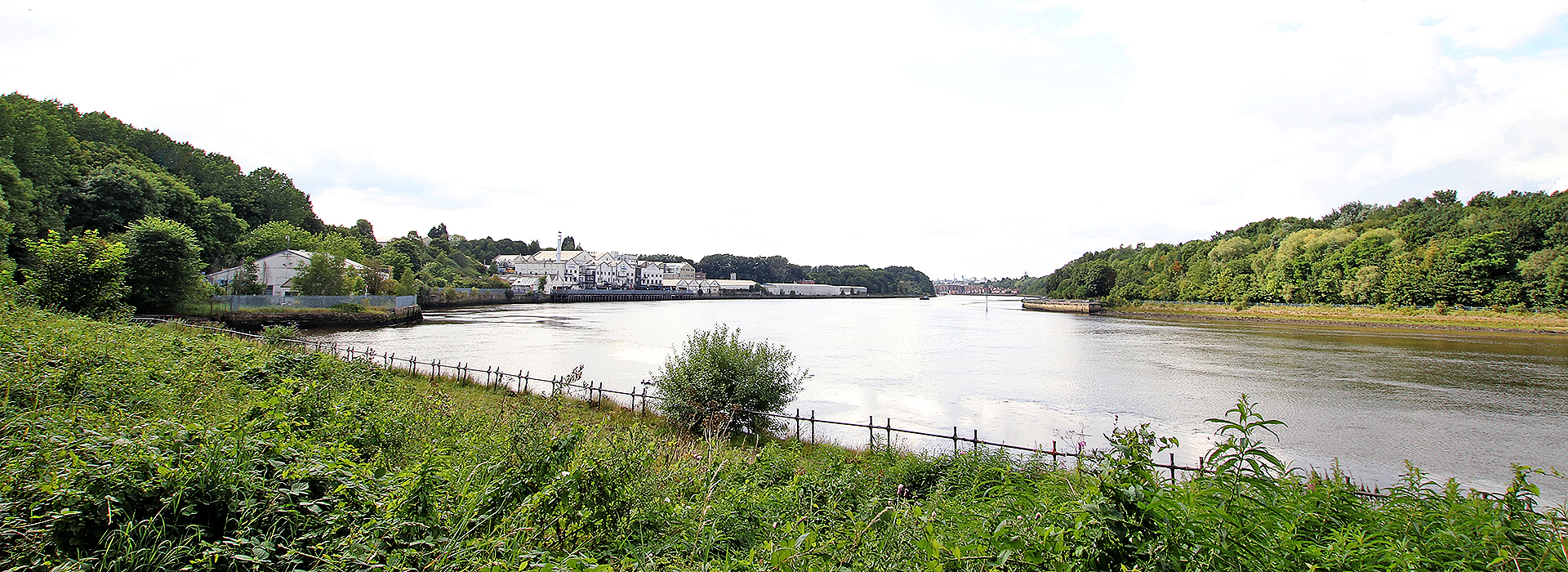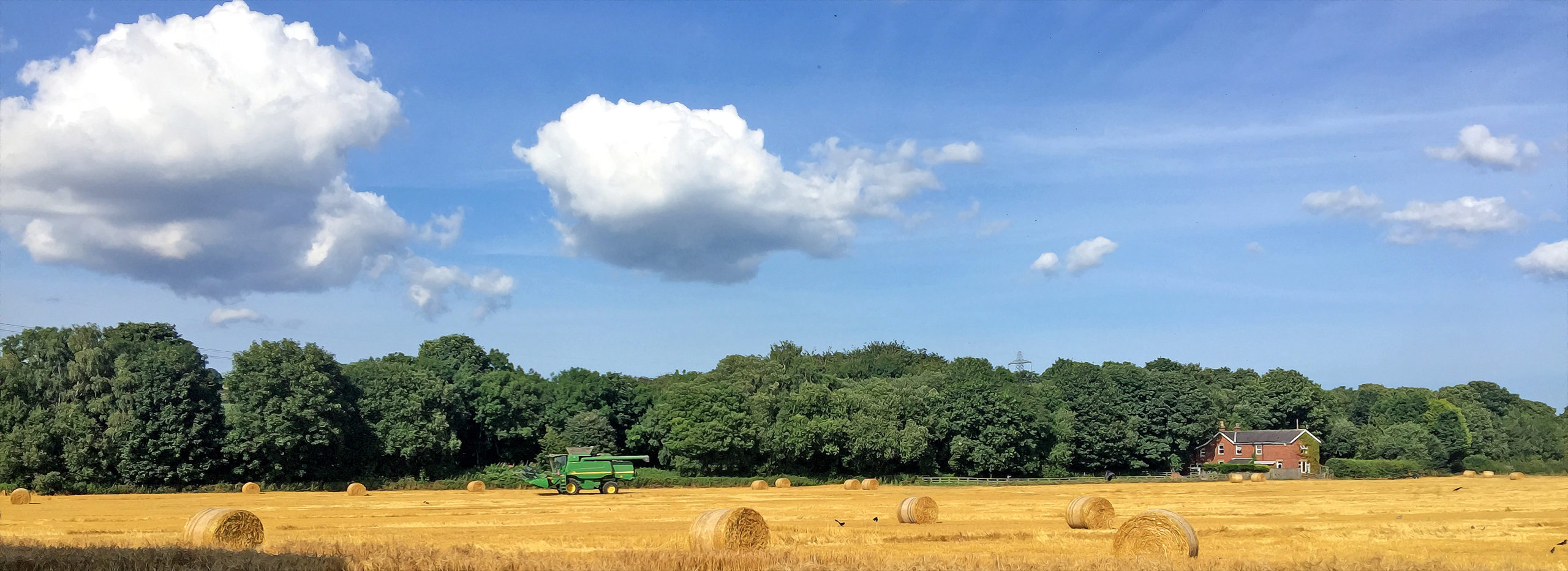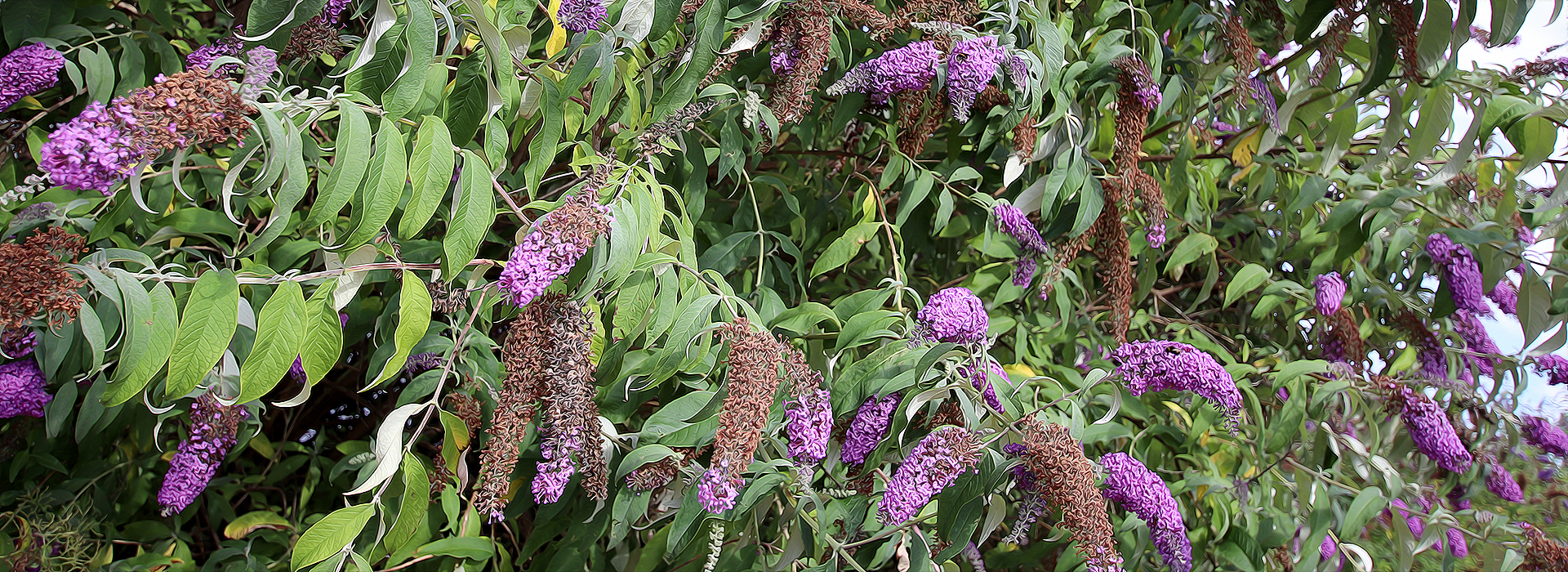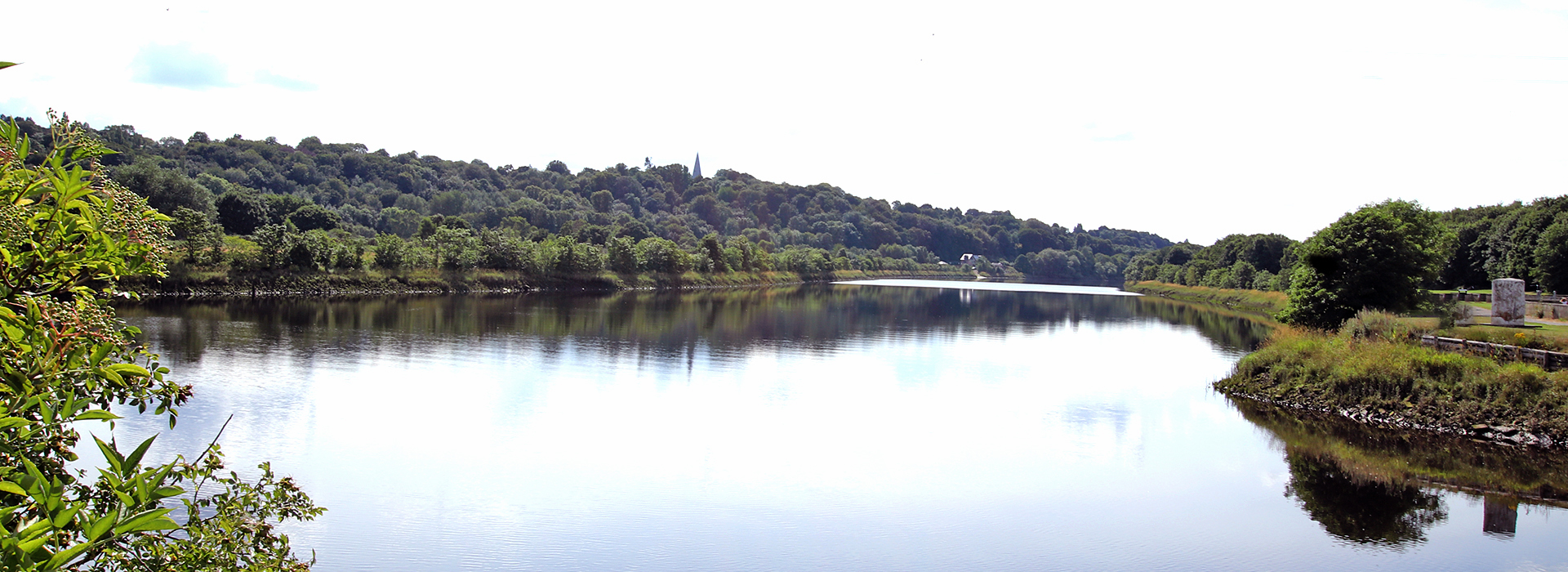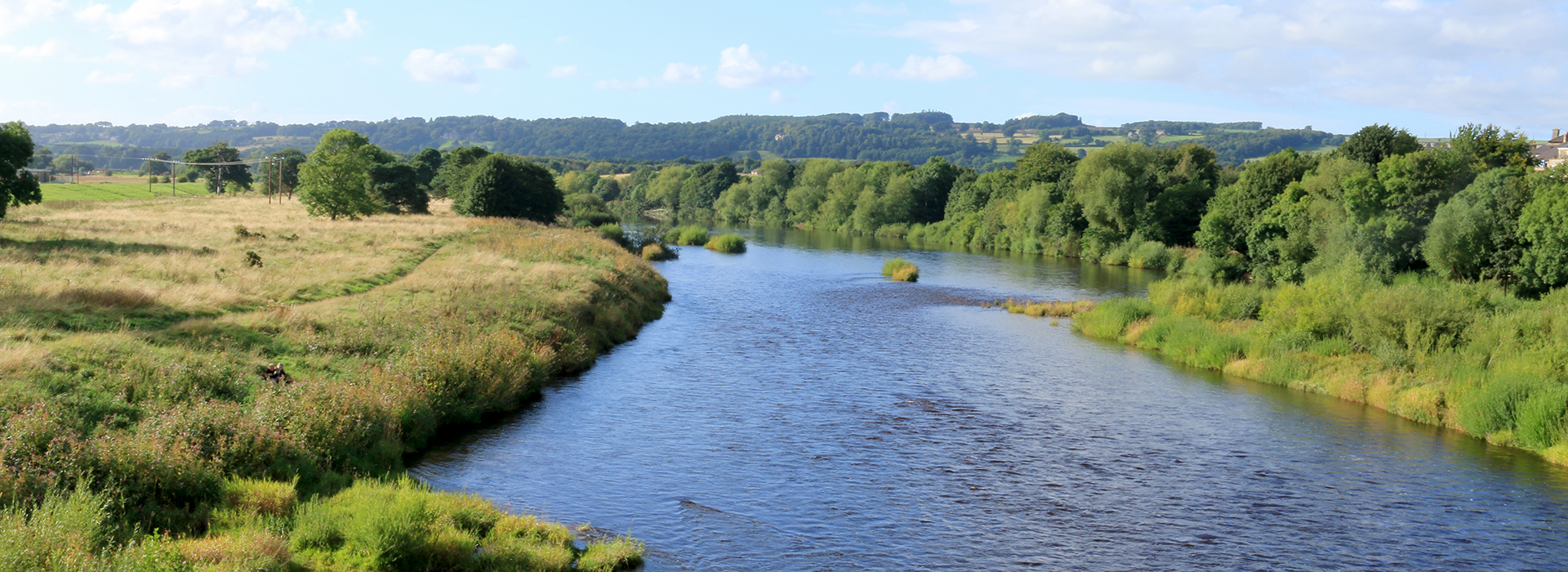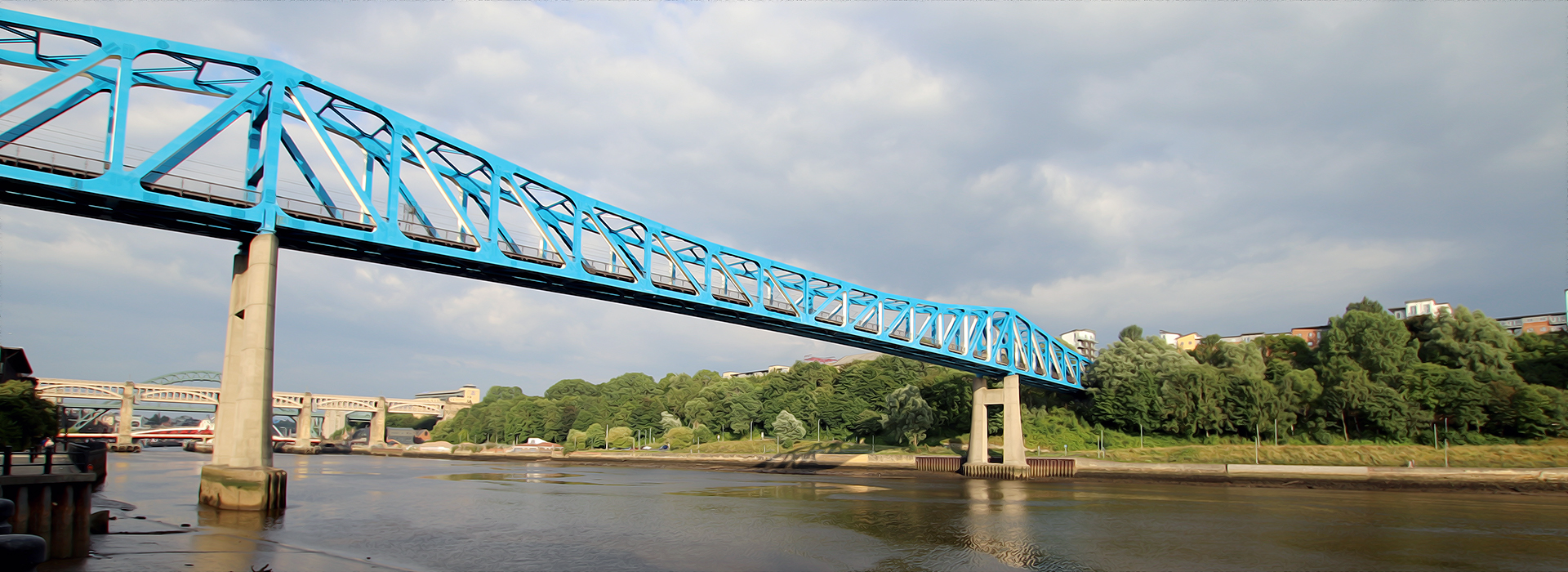This new web based guide to the Wildlife along the Tyne is currently in development. It will contain interactive maps, which show over thirty locations. The River Tyne in the North East of England is formed by the confluence of the North and South Tyne to the west of Hexham. It flows for over seventy miles.
“The riverside habitats along the Tyne
are filled with wildlife all year long”

There are also plans to extend this guide further to include the north and south Tyne over the coming years. Alongside this brand new website there will be opportunities to attend a selection of walks and photography/art sessions. We will list the selection of sites that will be featured in this new website towards the end of 2024. Additional locations will also be referenced to external websites.
“This project has been delayed by the covid-era
etc, but it is still on-going and hopefully
will be published during 2025″.
The combined Tyne flows through Northumberland and Tyneside reaching the depths of the North Sea at Tynemouth and South Shields. This guide will include North Shields Fish Quay; a popular fishing port, which dates back to the 13th Century. The Fish Quay sits close to the mouth of the Tyne and formed part of the original settlement of North Shields. On the other side of the river in the heart of South Shields, close to the fair rides and regularly packed beaches, wildlife lives in harmony. Snow Buntings come to visit in the autumn/winter; whilst Warblers sing their heart out in the popular coastal parks during the spring and summer months.
Mushrooms by Seani Jade McQuestion
To the west historic towns such as Corbridge and Hexham’s Tyne Country Park will also be included. The delights of popular riverside parks at Hebburn, Newburn and Walker will be showcased; whilst the habitats along the Newcastle and Gateshead Quayside’s will be headlined.
“We are hoping this website will help inspire and encourage others to support
the restoration of the important habitats along the River Tyne. Your help will always be appreciated”.
Restoration
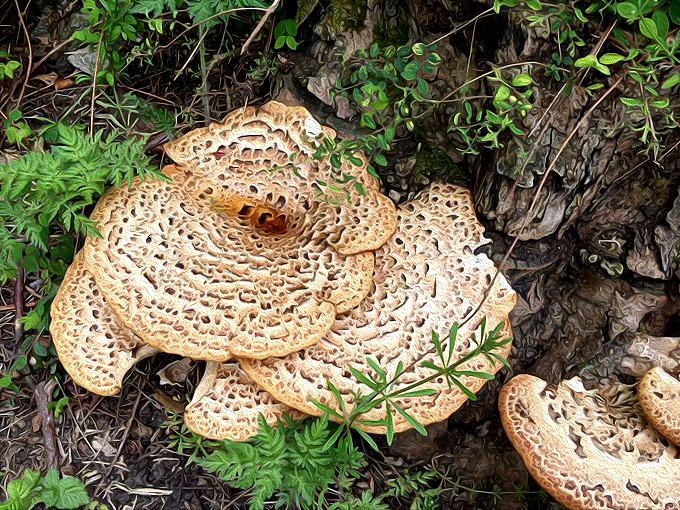
Once upon a Tyne most of the world ships were built in Tyneside. Fleets of tall ships sailed along the river for trade, whilst fishing vessels gathered at North Shields to help feed the local population. Over the past hundred years the regions fishing fleets have shrunk and most of the heavy industry and ship building yards have vanished. Much of the landscape has returned to the natural world, however deep within there remains monstrous quantities of industrial pollution. This can be brought to the surface during heavy rains and higher tides.
Dryad’s Saddle Fungus from Wallsend Green
In places small elements of pollution has been removed, but the areas still remain far from what they were, prior to our own expansion along the Tyne, hundreds of years ago. This has happened at sites such as the Royal Quays in North Tyneside and Walker Riverside Park in Newcastle. Much more could be done however to remove contamination and to make the habitats which are positioned alongside the route of the River Tyne more friendly to wildlife.
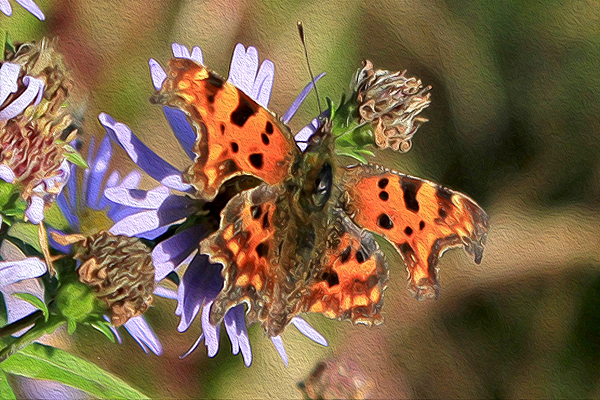
This is especially important at this time as the world is experiencing changes in weather patterns which many say is due to what may be a shift in the worlds climate. Some popular locations are already showing signs of erosion, such as at Newburn Riverside Country Park in Newcastle and Allenbanks deep inside Northumberland.
A Coma Butterfly from the Rising Sun Country Park
At times dramatic and never seen before events are sweeping our planet, which can upset the balance in the local ecosystems. In other cases, restoration is needed due to simple wearing away of the surfaces or the environment itself could benefit from some tender loving care, as we work towards maintaining a healthy balance. Of course not everyone shows empathy and is tuned into the benefits of our green spaces and outdoor habitats.
“One further aspect of tynewildlife.org will be to campaign
for the protection and expansion of the wildlife along the tyne”.
Wildlife Corridors
As visitors and residents enjoy the delights of this famous riverside habitat they can also enjoy a selection of neighbouring wildlife corridors such as Wallsend Burn/Dene and Parks which flows from the Tyne and reaches far north up into the Rising Sun Country Park. There is also the Ouseburn, which flows through to the beautiful Jesmond Dene which is one of the best well established woodland habitats in the north east. And further north…. onto the legendary and well-loved Gosforth Park Nature Reserve that continues to blossom following the hard work and constant efforts of the Natural History Society of Northumbria and it’s members.
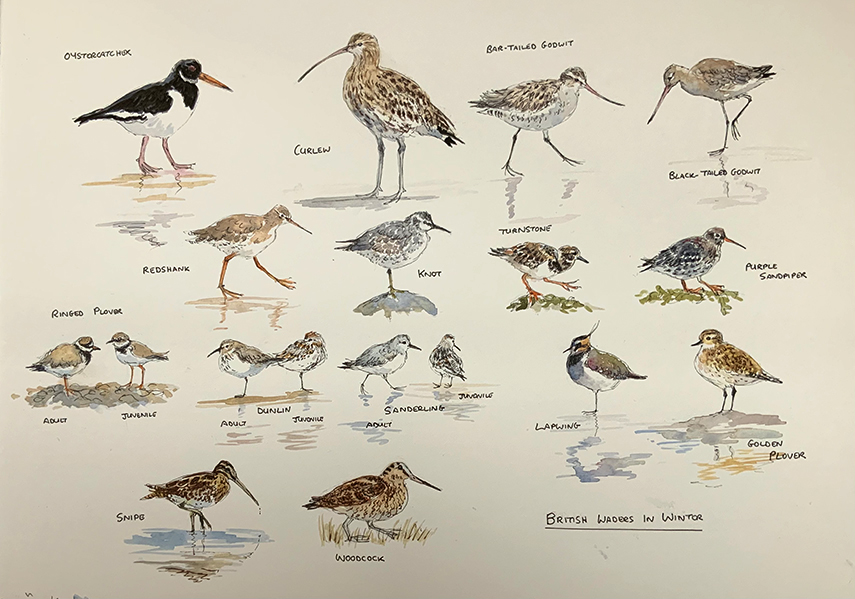
A selection of Waders, you can find along the River Tyne from
the Coast at Tynemouth, North Tyneside
to Hexham in Northumberland.
by EmmaP – » Emma’s Artworks
